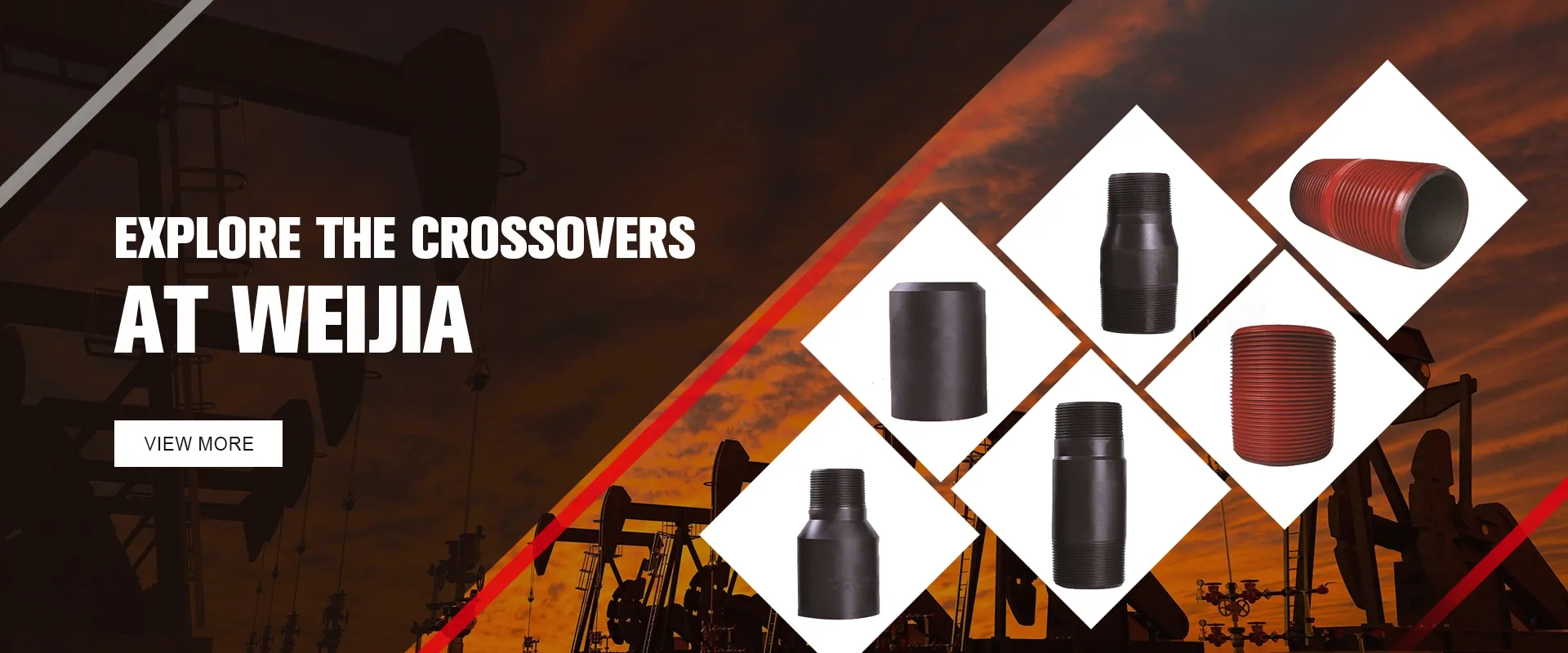- Afrikaans
- Albanian
- Amharic
- Arabic
- Armenian
- Azerbaijani
- Basque
- Belarusian
- Bengali
- Bosnian
- Bulgarian
- Catalan
- Cebuano
- Corsican
- Croatian
- Czech
- Danish
- Dutch
- English
- Esperanto
- Estonian
- Finnish
- French
- Frisian
- Galician
- Georgian
- German
- Greek
- Gujarati
- Haitian Creole
- hausa
- hawaiian
- Hebrew
- Hindi
- Miao
- Hungarian
- Icelandic
- igbo
- Indonesian
- irish
- Italian
- Japanese
- Javanese
- Kannada
- kazakh
- Khmer
- Rwandese
- Korean
- Kurdish
- Kyrgyz
- Lao
- Latin
- Latvian
- Lithuanian
- Luxembourgish
- Macedonian
- Malgashi
- Malay
- Malayalam
- Maltese
- Maori
- Marathi
- Mongolian
- Myanmar
- Nepali
- Norwegian
- Norwegian
- Occitan
- Pashto
- Persian
- Polish
- Portuguese
- Punjabi
- Romanian
- Russian
- Samoan
- Scottish Gaelic
- Serbian
- Sesotho
- Shona
- Sindhi
- Sinhala
- Slovak
- Slovenian
- Somali
- Spanish
- Sundanese
- Swahili
- Swedish
- Tagalog
- Tajik
- Tamil
- Tatar
- Telugu
- Thai
- Turkish
- Turkmen
- Ukrainian
- Urdu
- Uighur
- Uzbek
- Vietnamese
- Welsh
- Bantu
- Yiddish
- Yoruba
- Zulu
Innovative Solutions for Well Casing Couplers to Enhance Oil and Gas Operations
Understanding Well Casing Couplers Importance, Types, and Applications
In the oil and gas industry, the integrity of well systems is paramount for safety, efficiency, and productivity. At the heart of these systems is the well casing, which is essentially a series of pipes assembled to line the borehole after drilling. To ensure the durability and leak-proof nature of these casings, well casing couplers are employed. This article delves into the significance, types, and applications of well casing couplers, as well as their role in maintaining the integrity of well operations.
What are Well Casing Couplers?
Well casing couplers are specialized fittings used to connect two or more segments of casing pipes. They serve as vital components that facilitate the seamless transition between different sections of well casing. By ensuring a secure and robust connection, these couplers minimize the risk of leaks and structural failures that could lead to costly environmental and operational repercussions.
Importance of Well Casing Couplers
The use of well casing couplers is critical for several reasons
1. Ensuring Structural Integrity Proper coupler installation helps to maintain the structural integrity of the casing, preventing caving and collapsing during and after the drilling processes.
2. Minimizing Environmental Risks A well-sealed casing prevents contaminants from seeping into groundwater and minimizes the risk of spills or blowouts, thus protecting the environment and community.
3. Enhanced Efficiency Efficient casing connections facilitate smoother drilling operations, reducing downtime and promoting timely project completion. This efficiency is critical in the competitive landscape of the oil and gas sector.
4. Long-term Durability Quality couplers contribute to the long-term durability of well systems by mitigating wear and tear, helping to prolong the lifespan of the entire casing structure.
Types of Well Casing Couplers
There are several types of well casing couplers available, each designed to meet specific operational and geological requirements
well casing coupler

1. Threaded Couplers These are commonly used in pipe connections, featuring male and female threads that create a secure connection. They are straightforward to install and allow for easy disassembly.
2. Butt Weld Couplers These couplers are welded directly onto the casing pipes. Butt welding offers a smooth and strong joint capable of withstanding high pressures.
3. Slip Joint Couplers Featuring a sliding profile, slip joints allow for some movement inside the wellbore, accommodating changes in the casing lengths due to temperature fluctuations or shifting geological conditions.
4. Flanged Couplers Using flanges that are bolted together, these couplers provide strong connections and allow for easy access points in case repairs or modifications are needed.
Applications of Well Casing Couplers
The applications of well casing couplers span various sectors within the oil and gas industry
- Oil and Gas Wells Primarily used in drilling operations, casing couplers ensure that the pipe segments are securely connected, maintaining safety and efficiency in well operations. - Water Wells In groundwater extraction, well casing couplers help ensure the integrity of the casing, protecting the water source from contamination.
- Geothermal Wells For geothermal energy extraction, well casing couplers contribute to the durability and efficiency necessary for deep drilling operations.
- Mine Ventilation In mining operations, casing couplers are used to construct ventilation shafts that ensure safety and compliance with environmental regulations.
Conclusion
The significance of well casing couplers in the oil and gas industry cannot be overstated. These small yet critical components play a foundational role in ensuring the safety, efficiency, and environmental compliance of well operations. With a variety of designs tailored for specific needs, well casing couplers illustrate the complex yet innovative nature of modern drilling technologies. As the sector continues to evolve, working with reputable suppliers and using high-quality materials will be essential for maintaining the integrity and reliability of well systems across various applications.
-
Tubing Pup Joints: Essential Components for Oil and Gas OperationsNewsJul.10,2025
-
Pup Joints: Essential Components for Reliable Drilling OperationsNewsJul.10,2025
-
Pipe Couplings: Connecting Your World EfficientlyNewsJul.10,2025
-
Mastering Oilfield Operations with Quality Tubing and CasingNewsJul.10,2025
-
High-Quality Casing Couplings for Every NeedNewsJul.10,2025
-
Boost Your Drilling Efficiency with Premium Crossover Tools & Seating NipplesNewsJul.10,2025







